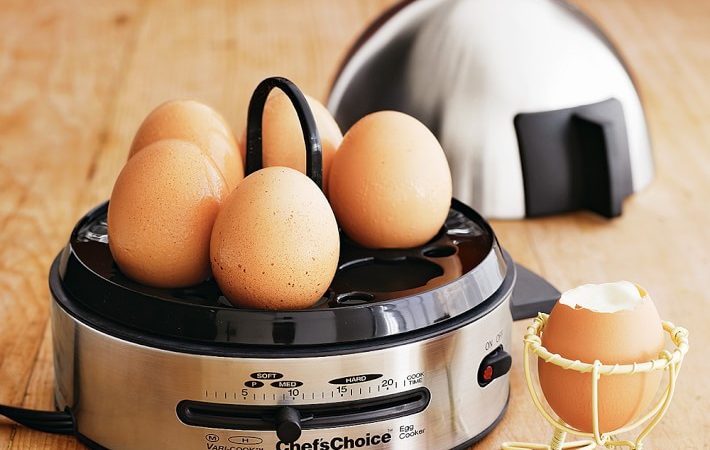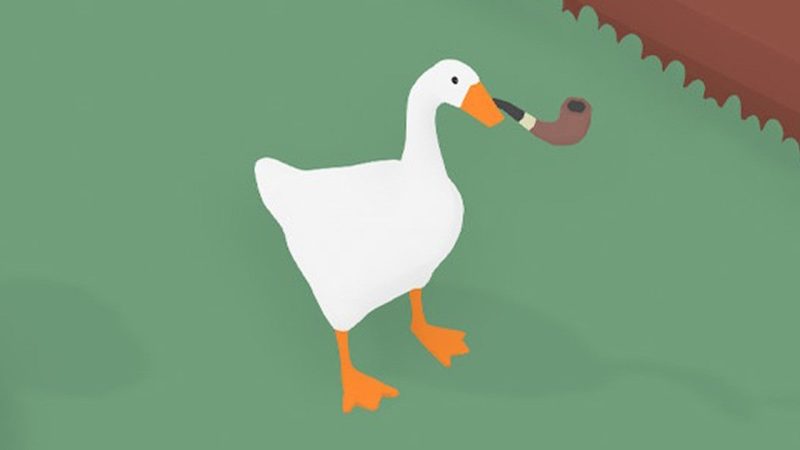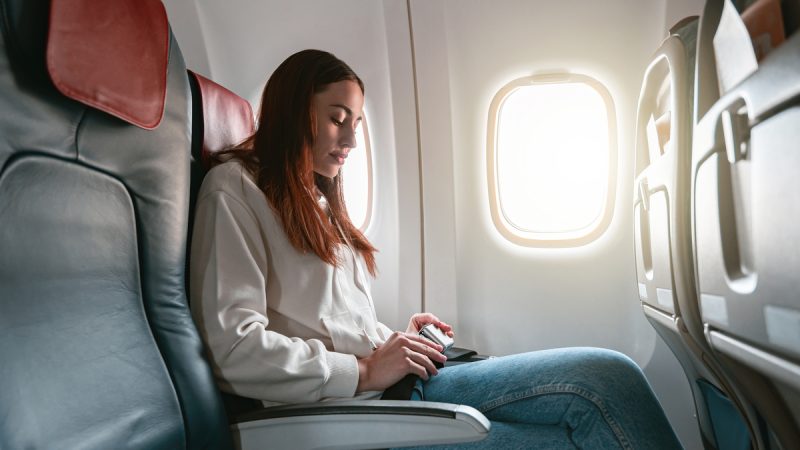The Renaissance Tour: A Journey Through Art, Science, and Culture

. Spanning from the 14th to the 17th century, the Renaissance was characterized by a revival of interest in classical antiquity, humanism, scientific inquiry, and artistic innovation. This cultural movement began in Italy and gradually spread across Europe, profoundly impacting art, literature, science, and philosophy. A Renaissance tour offers a unique opportunity to explore the cities, artworks, and ideas that defined this remarkable era. In this article, we will delve into the key destinations, artists, and movements of the Renaissance, providing a comprehensive guide for anyone interested in experiencing this fascinating period firsthand.
Historical Context
To fully appreciate the Renaissance, it’s essential to understand the historical context in which it emerged. The period followed the Middle Ages, a time marked by feudalism, religious dogmatism, and a lack of cultural and scientific progress in Europe. The fall of Constantinople in 1453, the invention of the printing press by Johannes Gutenberg around 1440, and the rise of wealthy merchant families in Italian city-states like Florence and Venice catalyzed the Renaissance’s development.
The intellectual movement known as humanism played a significant role during this time, emphasizing the value of human beings and the study of classical texts. Humanists believed that by studying the works of ancient Greece and Rome, individuals could improve themselves and society. This newfound appreciation for classical knowledge inspired a wave of artistic and scientific achievements.
Key Destinations for a Renaissance Tour
- Florence: The Cradle of the Renaissance
Florence, often regarded as the birthplace of the Renaissance, is a must-visit destination for any traveler interested in this period. The city is home to a wealth of art, architecture, and history. The Medici family, influential patrons of the arts, played a crucial role in Florence’s cultural development.
- The Uffizi Gallery: This world-renowned museum houses masterpieces by artists like Botticelli, Michelangelo, and Leonardo da Vinci. Visitors can admire iconic works such as “The Birth of Venus” and “Primavera,” showcasing the beauty and complexity of Renaissance art.
- The Florence Cathedral (Duomo): Designed by Filippo Brunelleschi, the dome of the Cathedral is an architectural marvel that dominates the city’s skyline. Climbing to the top offers breathtaking views of Florence and insight into the ingenuity of Renaissance engineering.
- Ponte Vecchio: This historic bridge, lined with shops selling jewelry and art, dates back to the 14th century. Its picturesque setting and rich history make it a highlight of any visit to Florence.
- Rome: The Eternal City
Rome, with its rich history and cultural heritage, played a pivotal role in the Renaissance. The city became a center for art and learning, attracting some of the most renowned artists of the time.
- St. Peter’s Basilica: This iconic church, rebuilt during the Renaissance, is a testament to the era’s architectural brilliance. The dome, designed by Michelangelo, is a marvel of engineering and artistry. Visitors can also admire Michelangelo’s stunning Pietà sculpture within the basilica.
- The Vatican Museums: Home to an extensive collection of art and historical artifacts, the Vatican Museums are a treasure trove of Renaissance masterpieces. The highlight is the Sistine Chapel, where Michelangelo’s breathtaking frescoes adorn the ceiling, depicting biblical scenes and the iconic “Last Judgment.”
- Piazza Navona: This lively square is characterized by its stunning Baroque architecture and fountains, including Bernini’s Fountain of the Four Rivers. It reflects the Renaissance’s influence on subsequent artistic movements.
- Venice: The City of Canals
Venice, with its unique canals and rich artistic heritage, was a significant player in the Renaissance art scene. The city’s blend of cultures and influences contributed to its distinct artistic style.
- The Doge’s Palace: A masterpiece of Gothic architecture, the Doge’s Palace served as the residence of the Doge of Venice and the seat of Venetian government. Its opulent interiors are adorned with Renaissance art, including works by Tintoretto and Veronese.
- St. Mark’s Basilica: This stunning cathedral, known for its intricate mosaics and distinctive architecture, reflects the influence of Byzantine art on Venetian culture. Its lavish design showcases the wealth and power of Venice during the Renaissance.
- The Gallerie dell’Accademia: This art gallery houses an impressive collection of Venetian Renaissance paintings, featuring works by artists like Titian, Bellini, and Veronese. It provides insight into the evolution of Venetian art during this period.
- Milan: A Hub of Innovation
Milan emerged as a center of innovation and artistic achievement during the Renaissance, thanks in part to its prosperous economy and influential families.
- The Last Supper: Leonardo da Vinci’s iconic mural, located in the Convent of Santa Maria delle Grazie, is a highlight of any Renaissance tour. This masterpiece captures the moment Jesus reveals that one of his disciples will betray him, showcasing da Vinci’s mastery of composition and emotion.
- Milan Cathedral (Duomo di Milano): This stunning Gothic cathedral is one of the largest in the world. Its intricate façade and towering spires reflect the grandeur of Renaissance architecture, while its rooftop offers panoramic views of the city.
- Sforza Castle: Once the residence of the Duke of Milan, this castle now houses several museums and art collections, including works by Michelangelo and ancient sculptures. It symbolizes the power and influence of the Sforza family during the Renaissance.
- Florence: The Cradle of the Renaissance
Florence, often regarded as the birthplace of the Renaissance, is a must-visit destination for any traveler interested in this period. The city is home to a wealth of art, architecture, and history. The Medici family, influential patrons of the arts, played a crucial role in Florence’s cultural development.
- The Uffizi Gallery: This world-renowned museum houses masterpieces by artists like Botticelli, Michelangelo, and Leonardo da Vinci. Visitors can admire iconic works such as “The Birth of Venus” and “Primavera,” showcasing the beauty and complexity of Renaissance art.
- The Florence Cathedral (Duomo): Designed by Filippo Brunelleschi, the dome of the Cathedral is an architectural marvel that dominates the city’s skyline. Climbing to the top offers breathtaking views of Florence and insight into the ingenuity of Renaissance engineering.
- Ponte Vecchio: This historic bridge, lined with shops selling jewelry and art, dates back to the 14th century. Its picturesque setting and rich history make it a highlight of any visit to Florence.
Key Artists of the Renaissance
The Renaissance was marked by the emergence of some of history’s greatest artists. Their works not only defined the era but also laid the groundwork for future artistic movements. Here are a few key figures whose contributions to art during the Renaissance are unparalleled:
- Leonardo da Vinci: Often hailed as the quintessential Renaissance man, Leonardo was a painter, scientist, and inventor. His masterpieces, including “The Last Supper” and “Mona Lisa,” demonstrate his mastery of perspective, anatomy, and emotion. Leonardo’s notebooks reveal his insatiable curiosity and innovative ideas that spanned various disciplines.
- Michelangelo Buonarroti: A sculptor, painter, and architect, Michelangelo is best known for his sculptures, including “David” and the “Pietà.” His work on the Sistine Chapel ceiling showcases his incredible ability to convey human emotion through his art. Michelangelo’s influence extends beyond the Renaissance, shaping the course of Western art.
- Raphael Sanzio: Renowned for his harmonious compositions and graceful figures, Raphael was a master painter and architect. His works, such as “The School of Athens,” exemplify the ideals of the Renaissance, combining classical themes with a deep understanding of human emotion.
- Titian: A leading figure in Venetian painting, Titian was known for his use of color and dramatic compositions. His works, including “Assumption of the Virgin” and “Venus of Urbino,” reflect the sensuality and dynamism characteristic of the Venetian style during the Renaissance.
- Donatello: One of the foremost sculptors of the early Renaissance, Donatello’s work laid the foundation for the naturalism that would define the period. His sculptures, such as “David” and “St. George,” exemplify the revival of classical forms and the exploration of human emotion in art.
The Influence of Renaissance Ideas
The Renaissance was not only a period of artistic achievement; it was also a time of profound intellectual and philosophical developments. The revival of classical thought, coupled with the rise of humanism, had far-reaching implications for society and culture. Here are some key ideas that emerged during the Renaissance:
- Humanism: At the heart of the Renaissance was the belief in the potential and dignity of the individual. Humanists emphasized the study of classical texts and the importance of education in cultivating virtue and knowledge. This shift in focus from the divine to the human experience influenced art, literature, and philosophy.
- Scientific Inquiry: The Renaissance marked a departure from medieval scholasticism and a renewed interest in empirical observation and scientific experimentation. Figures like Galileo Galilei and Nicolaus Copernicus challenged traditional views of the universe, laying the groundwork for the Scientific Revolution.





